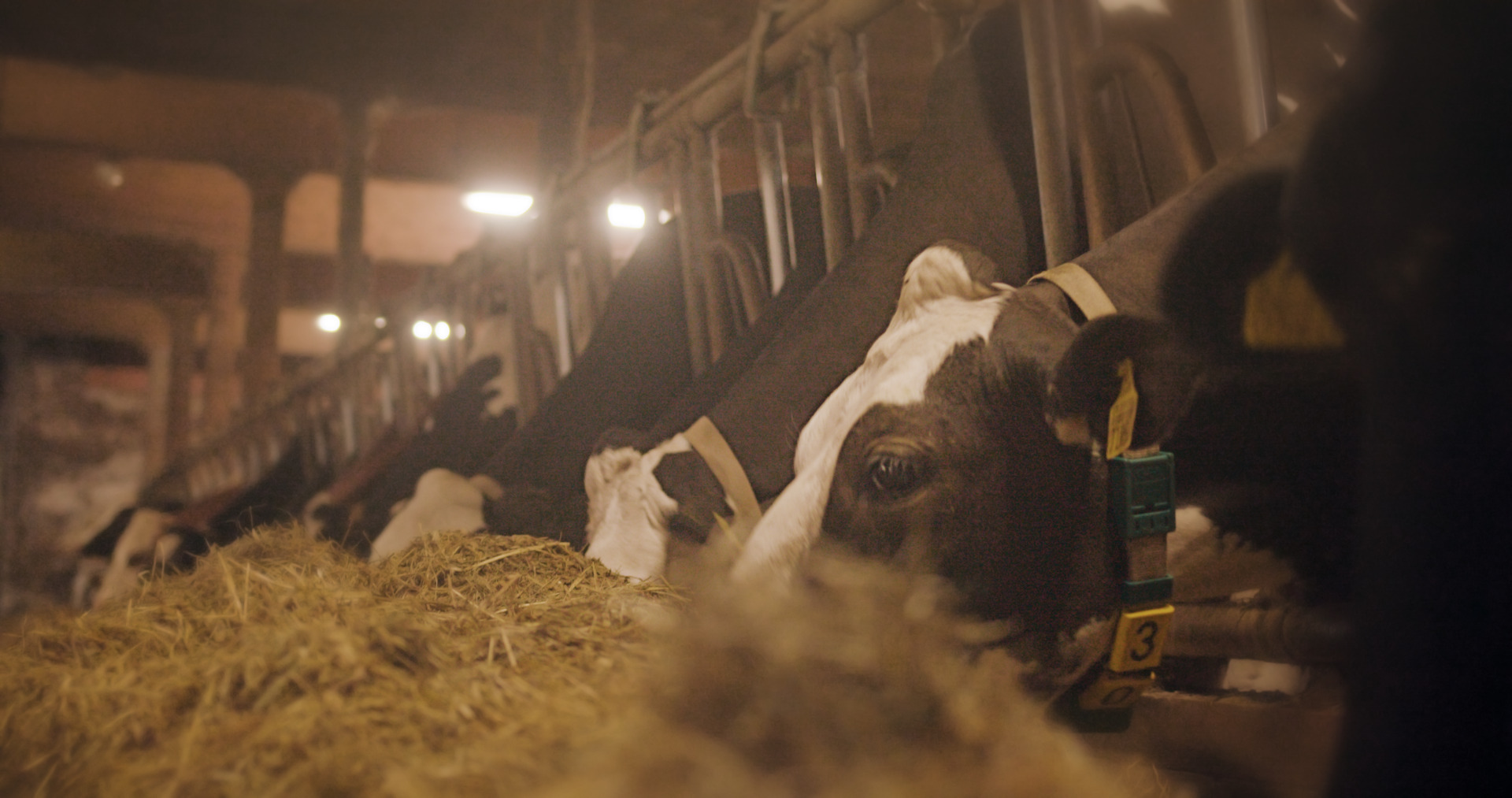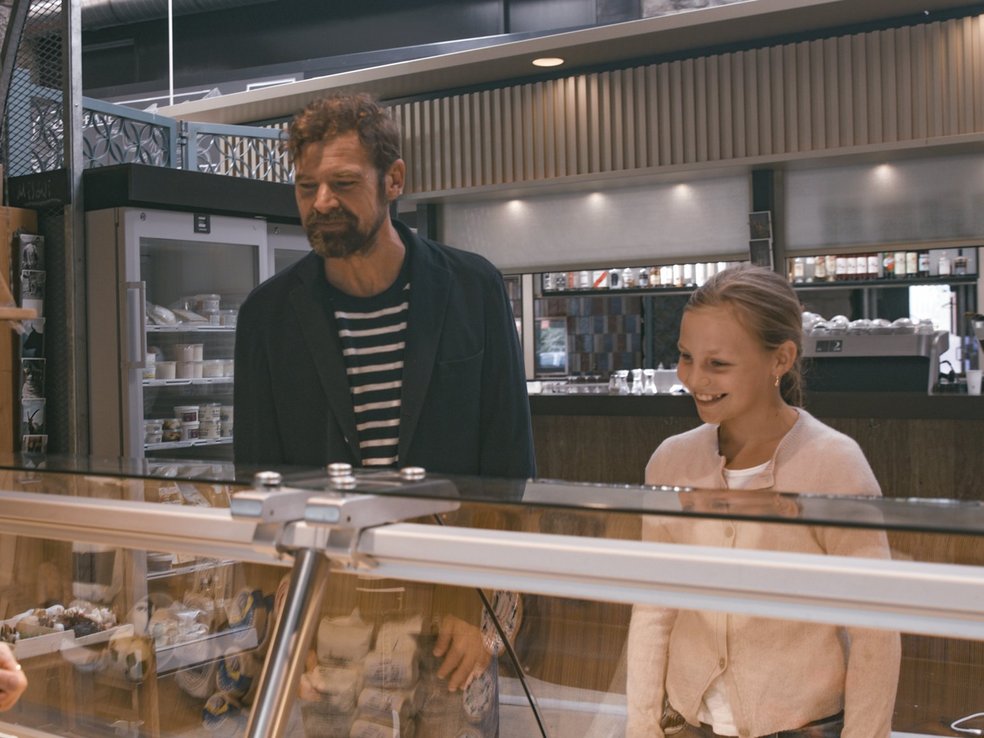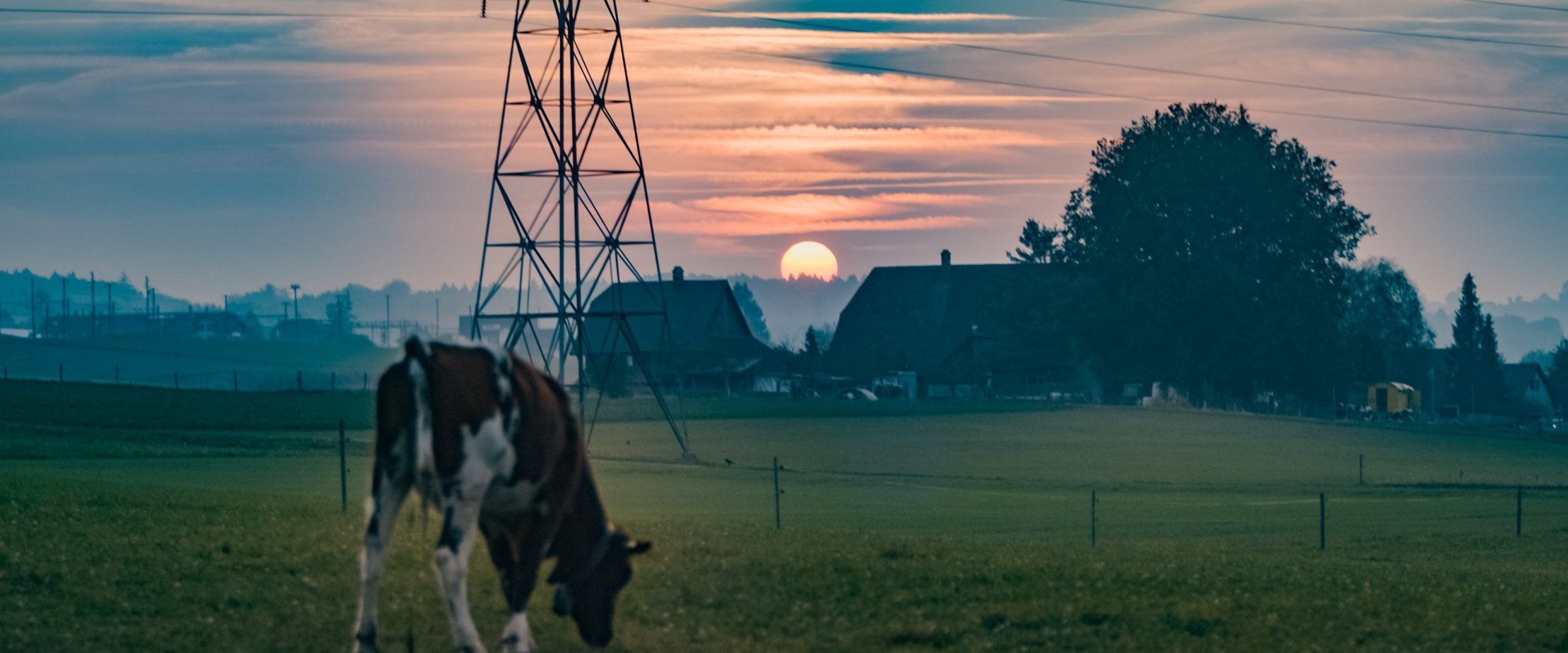Switzerland is renowned for its beautiful landscapes. Whether in the hills or mountains, everyone loves walking in this countryside, relaxing, far away from the stress of everyday life and with the stunning backdrop of all kinds of colours and aromas.
This rural idyll does not just belong to dairy cattle, but they make a key contribution to preserving the meadows through their grazing. And their grazing is not just limited to maintenance! Their presence also influences the development of the flora, in particular because their faeces enhance the soil in a natural way and promote microbes within the soil. Without dairy cattle, these landscapes could deteriorate and gradually turn into woodland. By contrast, the presence of the cows allows certain types of plants to develop. The pastures are home to grasses, leguminous crops and even aromatic plants.
This work is often supplemented by humans, who are responsible for the upkeep of hedgerows, slopes, stone walls or small walls, which serve as habitats and food sources for many insects, birds and small animals.
As such, the presence of our dairy cattle on our pastures has been perpetuated over the centuries and continues to contribute to the well-being of everyone to this day.

Production that is kind to animals and the environment
Switzerland is a country of meadows and pastures. We like to go there for walks; our cows call it home. The fresh grass that they graze on, as well as the hay and the other roughage that the farmer uses to bulk out his cattle feed during the winter months, are perfectly suited to the digestive system of dairy cattle. This type of feed has a positive effect on the quality of the milk, as it increases the content of polyunsaturated fatty acids, for example. According to various studies, it also reduces the greenhouse gas emissions in conjunction with the digestion of the feed in the stomach.
In order to produce raw milk cheese, it is vital that there is no silage or animal feed used, which is made durable by a fermentation process. Grazing is the natural way to feed cows. It allows the cows to move freely and to behave in a way befitting of the species. This both improves their life span and their fertility. The majority of the feed for our dairy cattle is produced directly on the farm or in its immediate vicinity. This requirement makes it possible to reduce transportation and thus CO2 emissions. An intact environment does not just benefit tourists and short-stay guests; it is also vital for the health of our cows.

Socially responsible production
Responsible production is closely linked with the efficient use of resources – from water to energy to the soil itself.
Recycling waste is a big deal for us. Whey – a by-product of cheesemaking – can damage the environment; but it has been used to produce pig feed for many years. And it is not just reusing whey that has advantages to offer. Other opportunities are also taken, for example biogas production or mixed herds with dairy and beef cattle, with the latter receiving whey as well as grass.
Energy-efficiency is a genuine concern for our creameries. Many of them have utilised the findings from energy audits to identify potential improvements. These range from switching to LED lighting to planning the replacement of warm water systems to the analysis of production processes. In some cases, heat recovery plants have been installed, which both ensure warm water provision and serve as heating for offices and/or residential buildings. These audits make it possible to implement small changes quickly, which often leads to big savings and to plan for more expensive measures over the medium term.
You need around 10 litres of water to produce one litre of milk. This quantity includes both the water consumption by the cow (a cow drinks around 50 litres per day; more during hot, dry weather), cleaning the milking parlour and its equipment and, where necessary, irrigating the plants that they eat. Water (between 3 and 4 litres per litre of milk) is also needed to produce the cheese; in particular for cleaning, which is vital for both quality and hygiene reasons. Handling this wastewater is a real challenge for creameries. It contains a lot of organic matter and cannot, therefore, simply be directed to the waste water system; instead, it must first be subjected to different treatments.
Responsible production goes hand in hand with respecting consumer health too! As such, Swiss cheesemakers have taken a pledge to not use any additives, preservatives, colourings or flavour enhancers.

Economically sustainable production
Quality has a price! That is why our dairy cattle demand the best care and that their needs are respected. This also applies to the producers. Producing high-quality milk, caring for the cattle, ensuring there is sufficient, good quality feed for the winter months all demands the daily commitment of the farmer, their staff and their family. This commitment and dedication is recognised in a fair milk price, as well as in direct payments – a sign that the contribution that the farming community makes to society is acknowledged.
Consumers have a big influence on both the farming methods and their development as a result of their purchasing habits and the foods that they buy. By opting for cheeses from Switzerland, consumers are supporting the environmentally friendly production of cheese in family businesses, which should allow for the producers to be paid fairly. On the other hand, the consumer is guaranteed healthy, natural and nutrient-rich cheese.
This is why we are grateful to consumers for accepting a slightly higher price in return for flawless quality and a fair payment for the producers.
